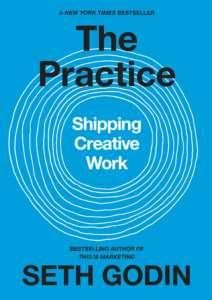I just posted a video about habits and designing your environment. I tried relating the environment to different things in Mario and using visuals from the game to illustrate some tips about environment design.
I planned to use examples from multiple games when I started. But as I was making the visuals it just sort of worked out to where I was just using one game. And now the retro…
What went well?
- I put the visuals together in small parts during the week. I remembered to record draft run-throughs along the way. This always helps to see if the structure makes sense and if I need more examples or if I can start cutting things down. One big thing was realizing I needed way more stills since I wasn’t animating anything.
- Just publishing again was good. Trying to get back into the groove of publishing regularly.
- Got some extra motivation after recording a podcast with Wally this week and creating a mini challenge for ourselves to do 3 videos this month
- Using stills and not doing transitions between the slides might be worth the trade-off of losing some slightly interesting visual elements. The upside is being able to clean up all of the word gaps in the audio really quickly. I was able to use Descript to remove the gaps without worrying that I would be cutting the clip in the middle of a transition.
- I tried to spend a little more time on the thumbnail than I usually do. Some of that was inspired by listening to MrBeast interviewed by MKBHD on the WVFRM podcast. He talks about spending hours thinking of thumbnails and titles.
What could be improved?
- The visuals aren’t great. There are moments in the video where it’s just sitting on a single visual for longer than I’d like.
- I didn’t put any book quotes in here at all. I could have pulled some in from Designing Your Life or Atomic Habits or any of the habits books really. We’ll see how the videos does. Pulling the quotes in afterward can take long because it requires hunting them down and then deciding between a few different ones to reflect the idea that I’m talking about.
- The premise just could have been better. I do wish I used more examples from different games. Something like Super Mario Maker clips could have been better (since it’s all about directly designing environments), but it’d take much much longer to make the video if I used actual game clips. Maybe something to try for a future video.
What will you try next time?
- I want to continue with doing the visuals in Figma. It’ll make it easy to re-use parts from different videos and copy and paste things. It’s a little cumbersome inserting or arranging slides since they’re Figma frames. That’d be really easy in Keynote or Slides, but I’ll get faster at doing it in Figma so I’m not too worried about it.
- I think this could be one of those decisions that compounds over time. If I can build up a library of reusable pieces for presentations for the videos, then I’ll be able to do things like create component for three slides that show a timeline. I could do that with themes and styles in Keynote but it’s just not as lightweight a system as components in Figma.




